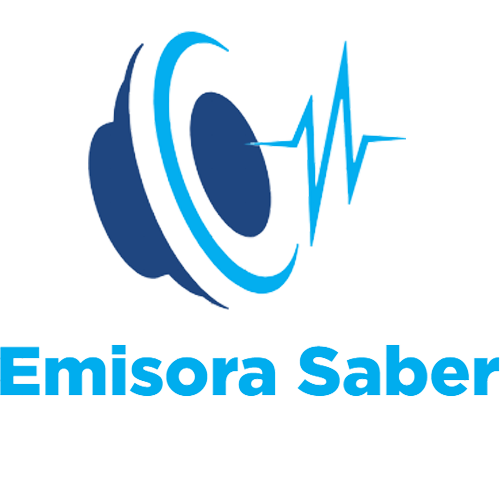Mythology has been a foundational element of human culture across civilizations, serving as a rich repository of stories, symbols, and archetypes that explain the natural world, human nature, and societal values. These stories have transcended their original contexts, embedding themselves into modern languages, branding, and visual iconography. Today, understanding these mythological roots enhances our appreciation of everyday expressions and symbols, revealing how ancient narratives continue to shape contemporary culture.
Table of Contents
- The Role of Archetypes in Shaping Modern Symbols and Phrases
- Mythology-Inspired Symbols in Modern Media and Branding
- Mythological Phrases in Everyday Language
- The Trickster Archetype: From Myth to Modern Mischief and Innovation
- Non-Obvious Influences: Mythology Behind Modern Concepts and Technologies
- Educational Implications: Why Understanding Mythology Matters Today
- Conclusion: The Continual Rebirth of Mythology in Modern Symbols and Phrases
The Role of Archetypes in Shaping Modern Symbols and Phrases
Archetypes are universal symbols or motifs recurring across mythologies worldwide, embodying fundamental human experiences. Carl Jung popularized the concept, emphasizing their role in shaping collective unconsciousness. Common archetypes include the hero, the trickster, and the ruler, each representing core aspects of human identity and societal roles.
These archetypes find their way into modern idioms and symbols, often unconsciously. For instance, the hero archetype is reflected in sports mascots like the Chicago Bulls’ mascot or in brands that emphasize strength and perseverance. The trickster archetype, characterized by cunning and mischief, influences characters like Bugs Bunny or the modern hacker persona, symbolizing innovation and rebellion.
In entertainment and branding, these archetypes help create memorable and resonant images. For example, the Disney character of Mulan embodies the hero archetype, inspiring phrases like «herculean effort,» which underscores extraordinary strength and resilience.
Mythology-Inspired Symbols in Modern Media and Branding
Modern companies and entertainment franchises frequently incorporate mythological figures and motifs into their visual and thematic identities. Logos often feature gods, mythical creatures, or legendary symbols to evoke power, mystery, or wisdom. For instance, the use of thunderbolts or eagle imagery can be traced back to Zeus or Jove, conveying authority and dominance.
A notable example is lezeus.uk review, which illustrates how mythological inspiration can be integrated into entertainment branding. The thematic elements—such as sound design and visual motifs—reinforce associations with divine power and mythic storytelling, creating an immersive experience for users.
Sound effects like thunderclaps or majestic orchestral scores echo mythological themes, enhancing the symbolic connection. Such design choices serve to evoke timeless stories while aligning the brand with qualities like strength, wisdom, or innovation.
Mythological Phrases in Everyday Language
Many idioms and expressions we use daily have their roots in mythological stories. Phrases like «Herculean effort» refer to the legendary Greek hero Hercules, symbolizing extraordinary strength and perseverance. Similarly, «Pandora’s box» originates from Greek myth, warning against unintended consequences of curiosity or meddling.
These expressions persist because they encapsulate complex ideas in a memorable, vivid manner. They also serve as cultural shorthand, conveying shared understanding across generations. Understanding their origins enriches our comprehension of language and highlights how myths continue to shape our worldview.
Educationally, exploring these roots fosters greater cultural literacy. It helps learners connect abstract concepts with concrete stories, making language learning more engaging and meaningful.
The Trickster Archetype: From Myth to Modern Mischief and Innovation
The trickster archetype appears in many mythologies, embodying cleverness, chaos, and transformation. Loki in Norse mythology, Coyote in Native American stories, and Anansi in West African tales exemplify this figure’s role in challenging authority, sparking change, and inspiring creativity.
In modern contexts, the trickster influences innovation, humor, and digital culture. Memes, satirical content, and rebellious brands often adopt trickster qualities to challenge norms and entertain audiences. These figures symbolize not just mischief but also the potential for disruptive ideas that lead to progress.
In advertising, mischievous characters or humorous campaigns leverage trickster archetypes to engage consumers. For instance, the playful branding of tech startups often emphasizes agility and cleverness, echoing trickster attributes.
Non-Obvious Influences: Mythology Behind Modern Concepts and Technologies
Beyond obvious symbols, mythology subtly influences contemporary science, technology, and gaming. The branding of products like lezeus.uk exemplifies how mythological storytelling elements—such as thematic modes like «FeatureSpins™»—create immersive experiences reminiscent of mythic quests.
In gaming, mythological narratives underpin storylines and character design, enriching user engagement. Scientific concepts sometimes draw from myth to inspire naming conventions—such as planets, moons, or technological algorithms named after mythic figures—embedding storytelling into innovation.
Sound effects, thematic music, and visual motifs in these modern contexts evoke the grandeur and mystery of myth, making technological interfaces more engaging and culturally resonant.
Educational Implications: Why Understanding Mythology Matters Today
Learning about mythological roots enhances cultural literacy, critical thinking, and cross-cultural understanding. Recognizing myth references in language, symbols, and media fosters a deeper appreciation of human storytelling traditions.
Moreover, mythology serves as a powerful tool in branding and communication strategies, helping creators craft compelling narratives that resonate across audiences. For example, brands that invoke mythic themes often evoke qualities like heroism, wisdom, or transformation—appealing to universal human aspirations.
Encouraging curiosity about world myths promotes intercultural dialogue and understanding, which are vital in our interconnected global society.
Conclusion: The Continual Rebirth of Mythology in Modern Symbols and Phrases
Mythology remains a dynamic force, continually evolving through modern symbols, phrases, and technologies. Its archetypes and stories offer timeless insights into human nature, inspiring innovation and cultural expression. As new myths are created—whether through branding, entertainment, or technological narratives—they carry forward the enduring power of ancient stories.
Understanding these roots not only enriches our cultural literacy but also empowers us to engage more critically and creatively with the world around us. The future will undoubtedly see further integration of myth-inspired themes, ensuring that these stories continue to inform and inspire generations to come.
